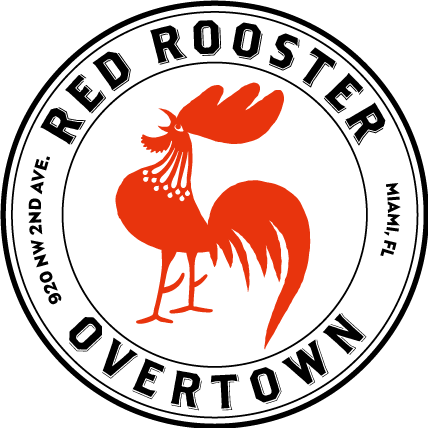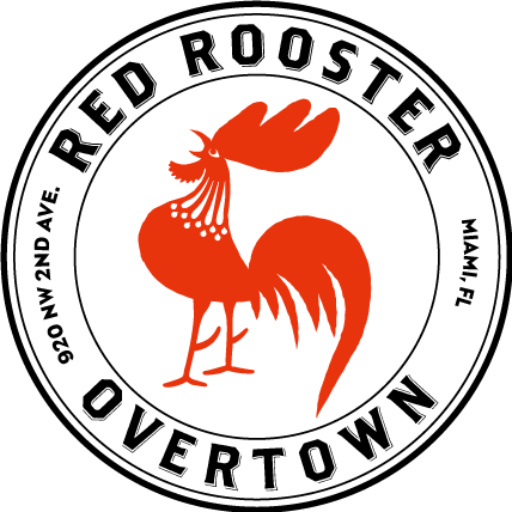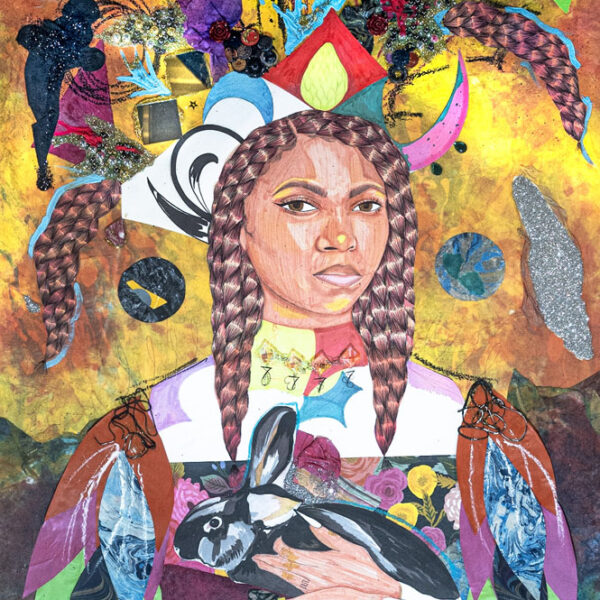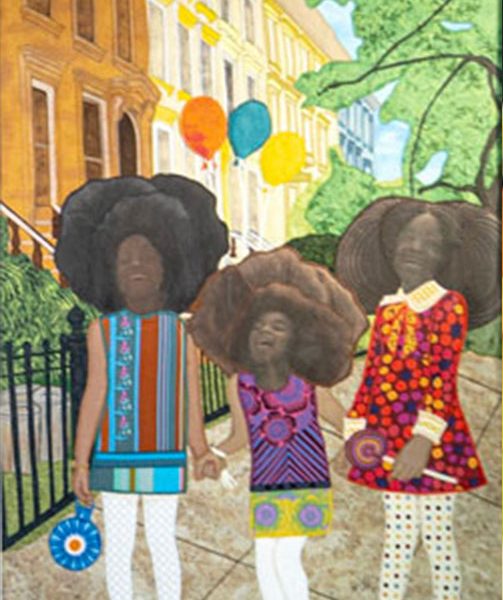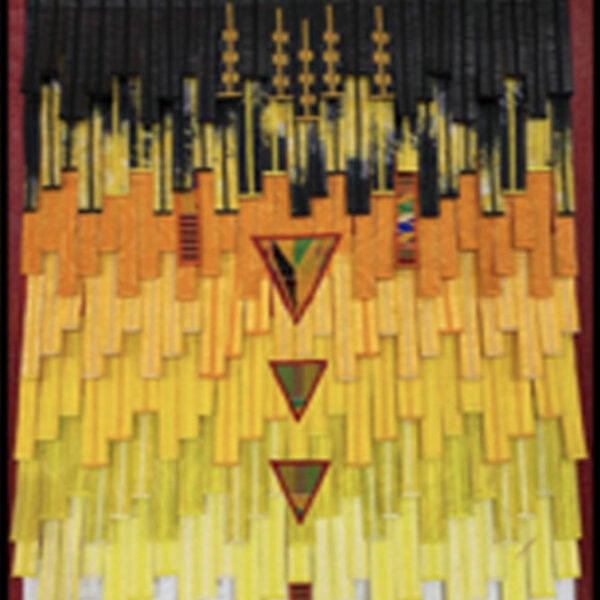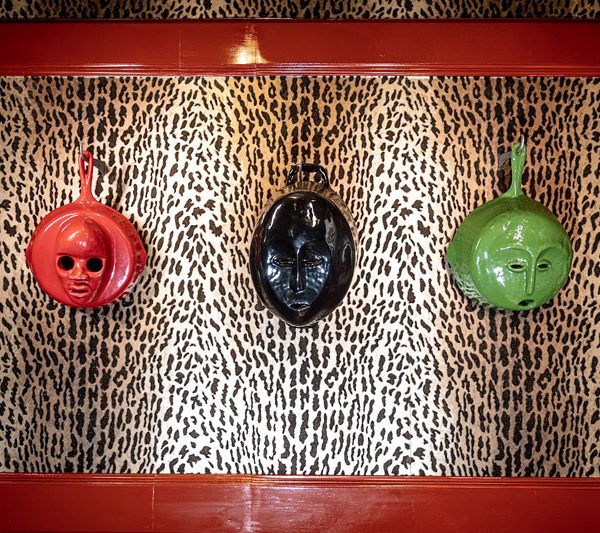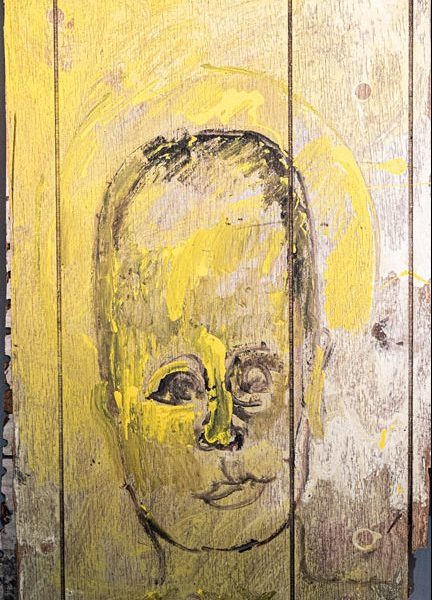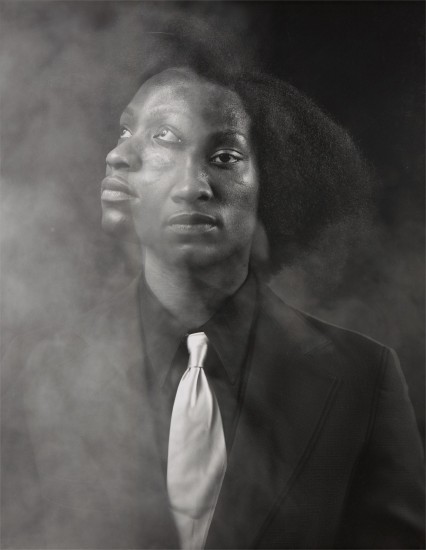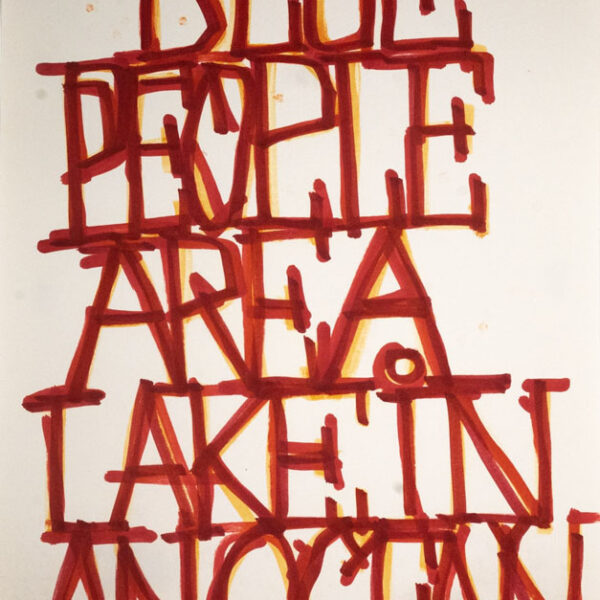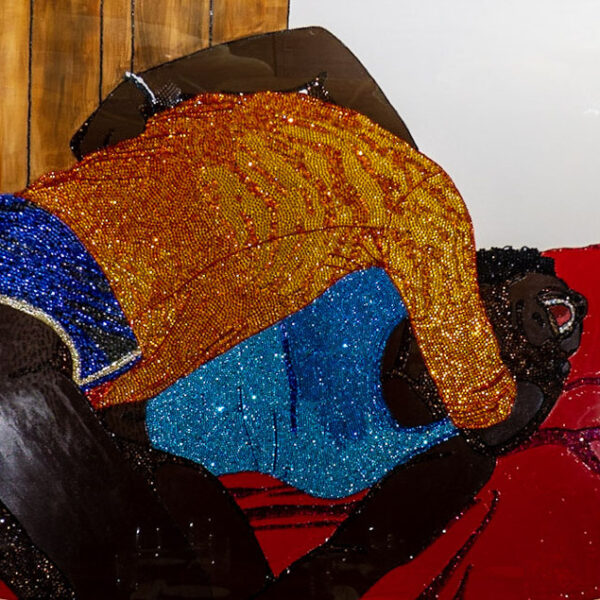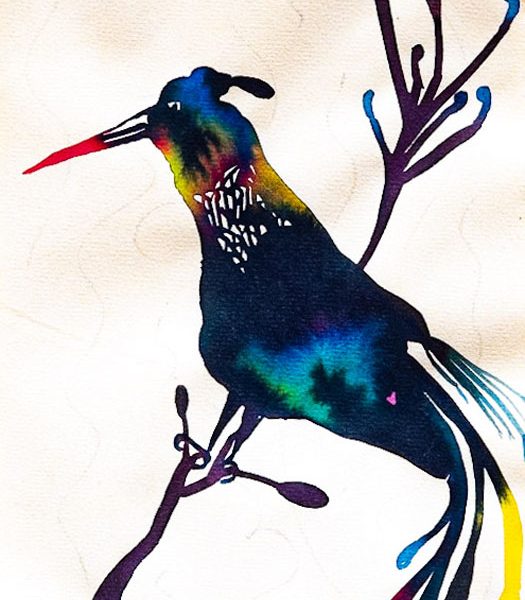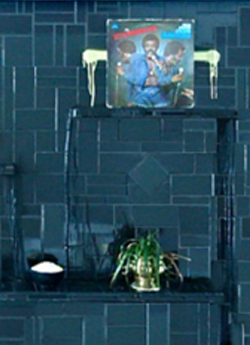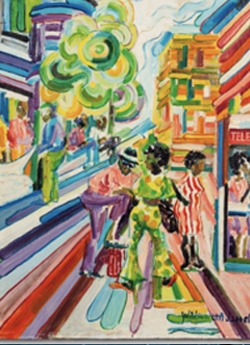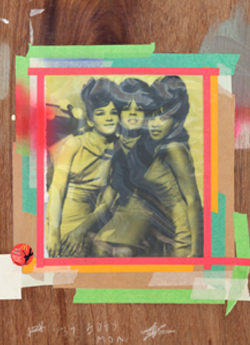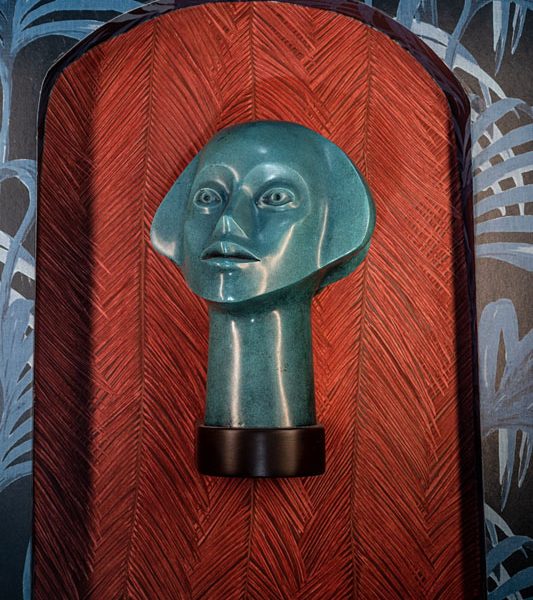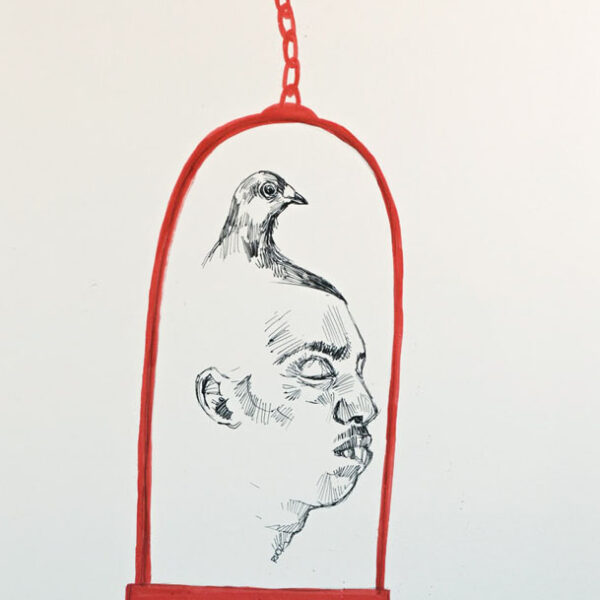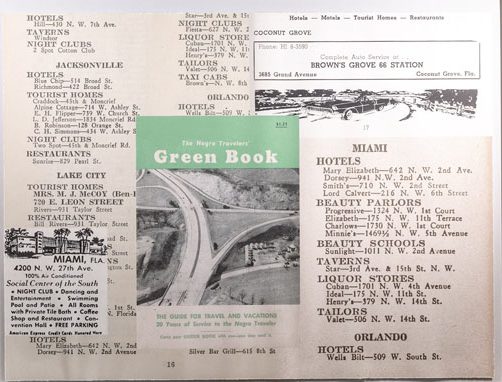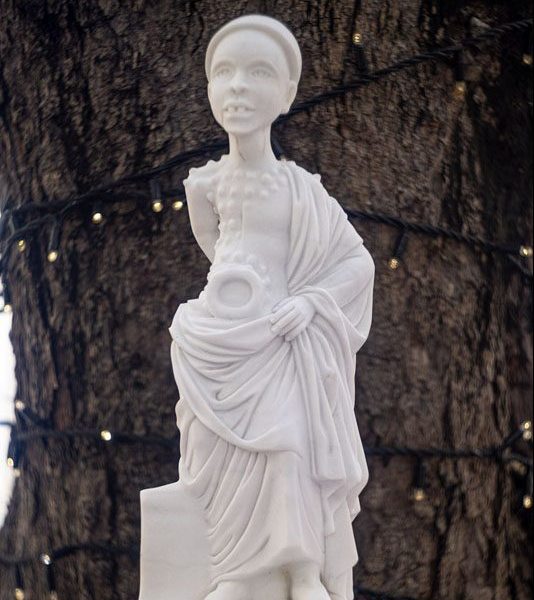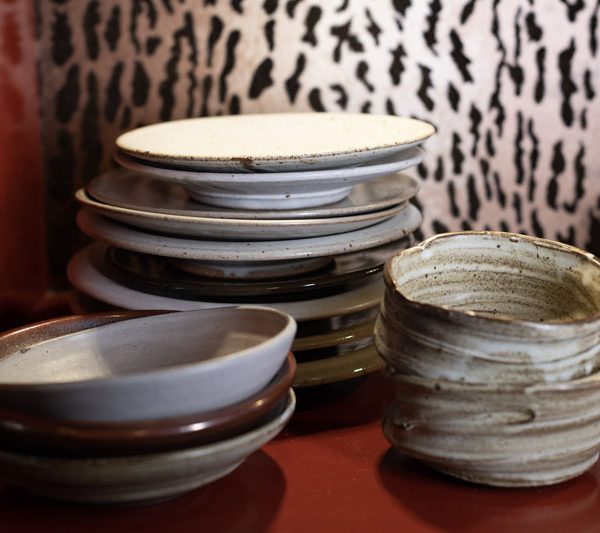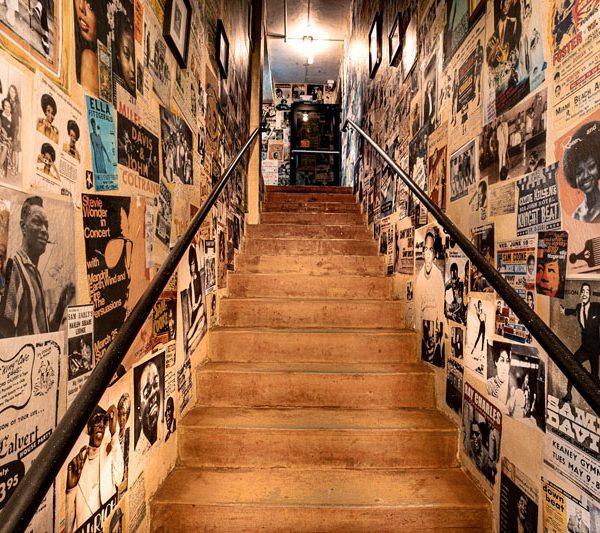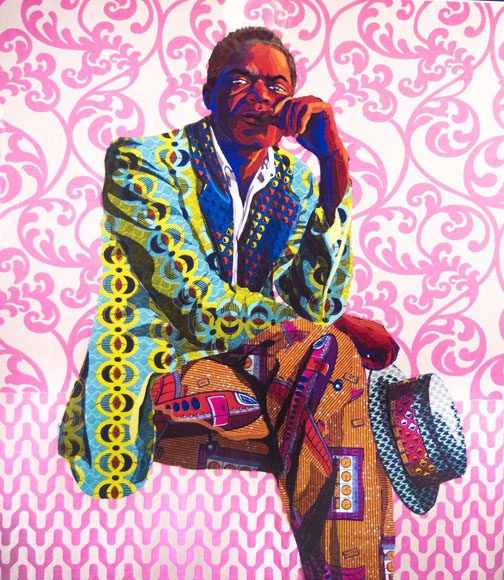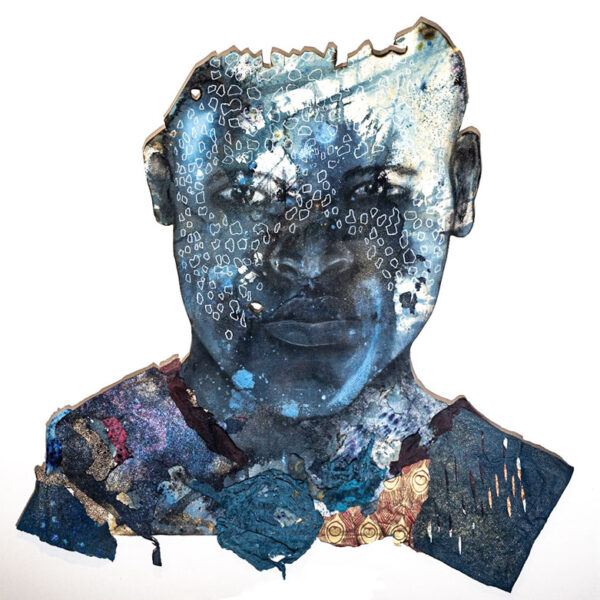Celebrating the depth and breadth of Black history, culture, and aesthetics, Red Rooster Overtown is proud to present the Legacy Collection, a world-class collection of modern & contemporary artwork from 15 artists worldwide. Housed in the former, Clyde Killens Pool Hall building — a historic site known to host icons such as Muhammed Ali, Aretha Franklin, and Count Basie — Red Rooster partners thoughtfully curated artwork ranging in genre & media to echo the spirit of Miami’s vibrant & diverse Black population, unique history, and bold style. The Legacy art collection blends a tapestry of narratives, colors, and textures to offer a multi-sensory experience that bridges Overtown’s rich cultural narrative, featuring Overtown’s own, Purvis Young, and linking through time to contemporary art masters like Theaster Gates & Kara Walker.
While dining and socializing with us, we encourage you to scan the QR code on your table and take a visual walk-through of the Legacy Collection at Red Rooster Overtown.

